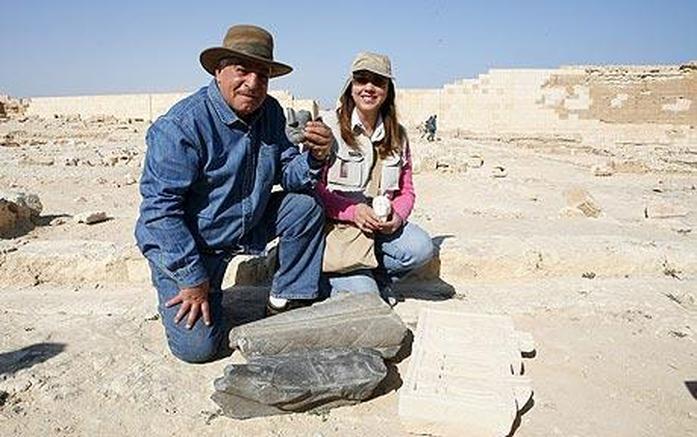 Zahi Hawass (left) displays finds from the Toposiris Magna temple, where Antony and Cleopatra's remains are located.
Zahi Hawass (left) displays finds from the Toposiris Magna temple, where Antony and Cleopatra's remains are located. Egypt's top archaeologist, Zahi Hawass, has shown off treasures from the site of a tomb which he claims contains the remains of Mark Antony and Cleopatra.
Zahi Hawass (left) displays finds from the Toposiris Magna temple, where he believes Antony and Cleopatra's remains are located Photo: EPA
By Our Foreign Staff and Agencies in Burg el-Arab
6:17PM BST 19 Apr 2009
Ahead of the start of excavations on Tuesday, Mr Hawass exhibited 22 coins, 10 mummies, an alabaster head and a fragment of a mask with a cleft chin as evidence that the site, a 2,000-year-old temple to the god Osiris, is likely to hold further treasures.
He believes that the Toposiris Magna temple, 30 miles from Egypt's ancient seaside capital of Alexandria, contains the tomb of the doomed lovers that has been shrouded in mystery for so long.
"In my opinion, if this tomb is found it will be one of the most important discoveries of the 21st century because of the love between Cleopatra and Mark Antony, and because of the sad story of their death," he said.
Mark Antony and Cleopatra challenged Caesar Augustus for control of the Roman Empire more than two millenia ago. Their armies were defeated and rather than submit to capture, the two lovers committed suicide - Mark Antony by his sword, Cleopatra with a poisonous asp.
The Roman historian Plutarch said Caesar allowed the two to be buried together, but their tomb was never found.
The claim by Mr Hawass, Egypt's antiquities chief who sports an Indiana Jones-style hat, is the latest spectacular announcement by the archaeologist, who regularly unveils discoveries that are then met with bemusement by Egyptologists abroad.
http://www.telegraph.co.uk/news/worldnews/africaandindianocean/egypt/5183225/Egypts-top-archaeologist-claims-Antony-and-Cleopatra-tomb-found.html
Zahi Hawass (left) displays finds from the Toposiris Magna temple, where he believes Antony and Cleopatra's remains are located Photo: EPA
By Our Foreign Staff and Agencies in Burg el-Arab
6:17PM BST 19 Apr 2009
Ahead of the start of excavations on Tuesday, Mr Hawass exhibited 22 coins, 10 mummies, an alabaster head and a fragment of a mask with a cleft chin as evidence that the site, a 2,000-year-old temple to the god Osiris, is likely to hold further treasures.
He believes that the Toposiris Magna temple, 30 miles from Egypt's ancient seaside capital of Alexandria, contains the tomb of the doomed lovers that has been shrouded in mystery for so long.
"In my opinion, if this tomb is found it will be one of the most important discoveries of the 21st century because of the love between Cleopatra and Mark Antony, and because of the sad story of their death," he said.
Mark Antony and Cleopatra challenged Caesar Augustus for control of the Roman Empire more than two millenia ago. Their armies were defeated and rather than submit to capture, the two lovers committed suicide - Mark Antony by his sword, Cleopatra with a poisonous asp.
The Roman historian Plutarch said Caesar allowed the two to be buried together, but their tomb was never found.
The claim by Mr Hawass, Egypt's antiquities chief who sports an Indiana Jones-style hat, is the latest spectacular announcement by the archaeologist, who regularly unveils discoveries that are then met with bemusement by Egyptologists abroad.
http://www.telegraph.co.uk/news/worldnews/africaandindianocean/egypt/5183225/Egypts-top-archaeologist-claims-Antony-and-Cleopatra-tomb-found.html
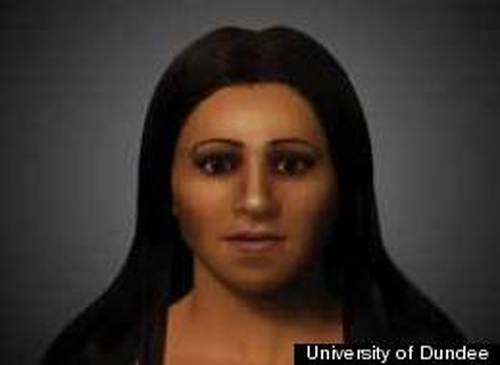
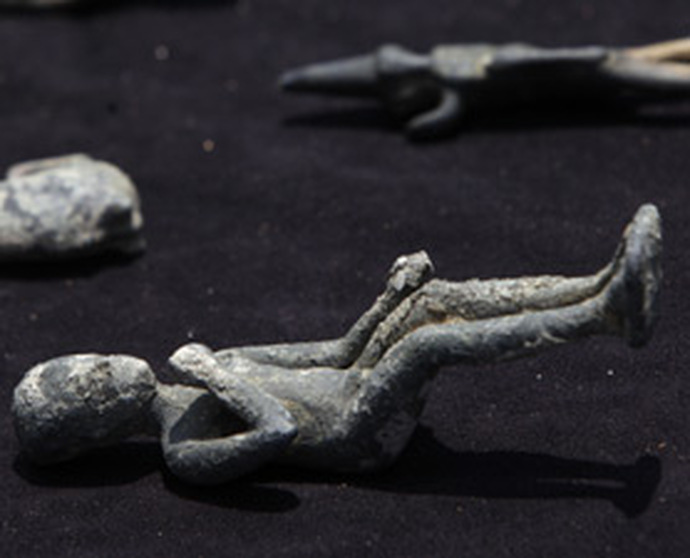
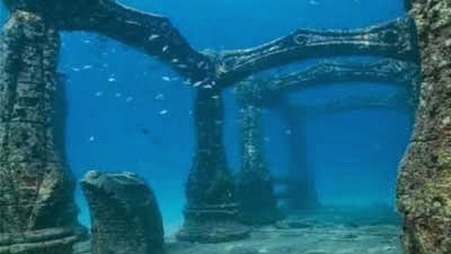
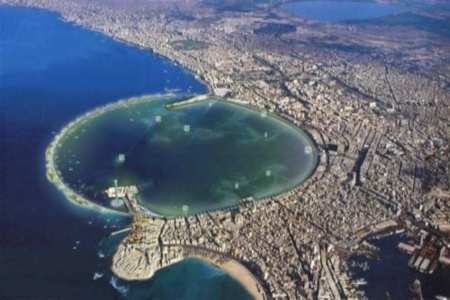
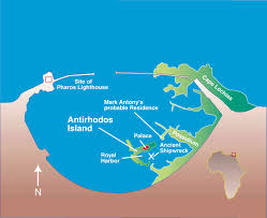
 RSS Feed
RSS Feed